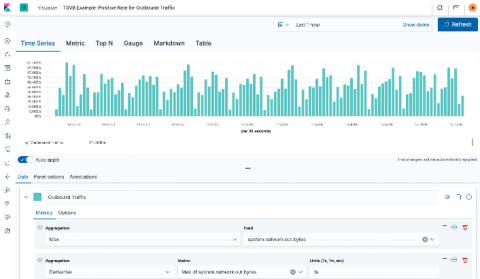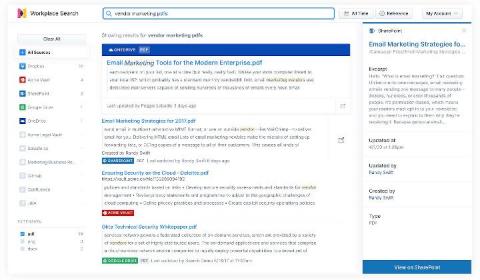Elastic: Distributed by design
As COVID-19 continues to make clear, being adaptable and resilient when the world changes can help a business stay alive. At Elastic, we know from experience that being distributed helps build a strong company that can scale and adapt as new challenges arise. In the spirit of open source and our relationship with the Elastic community, we’ve been offering tips and tricks on our blog and on social media about how to work effectively while remote.










